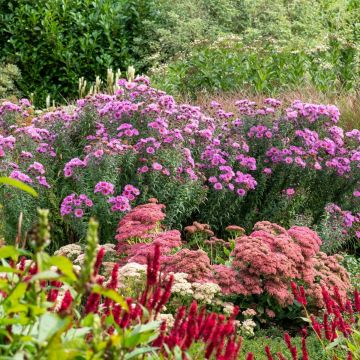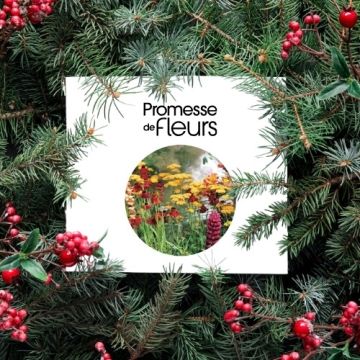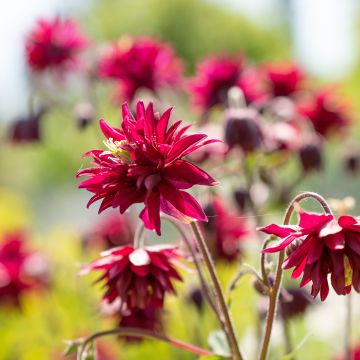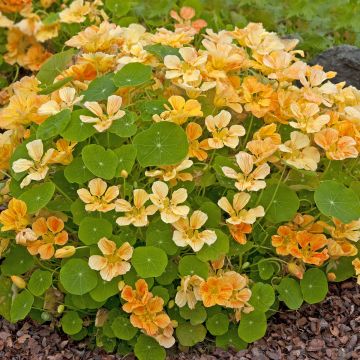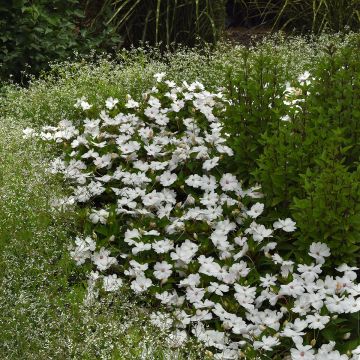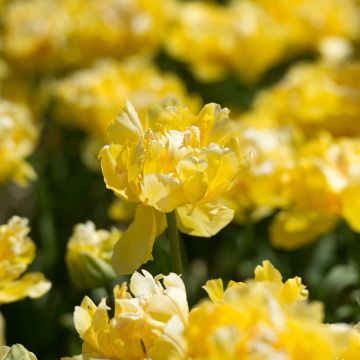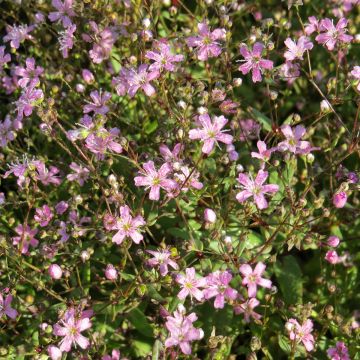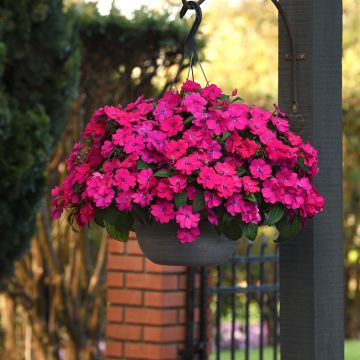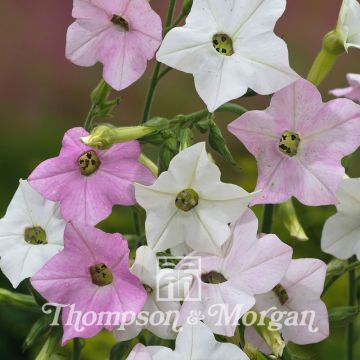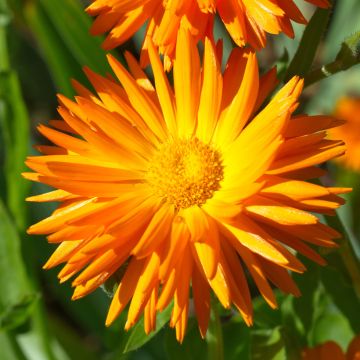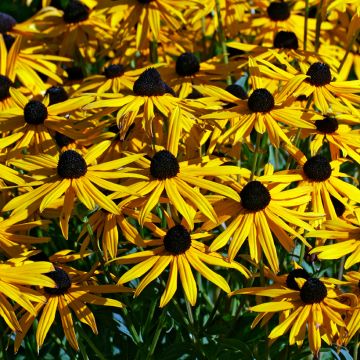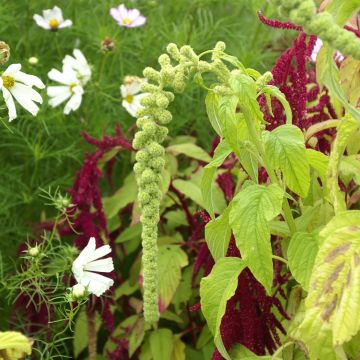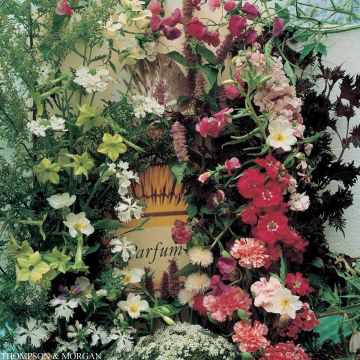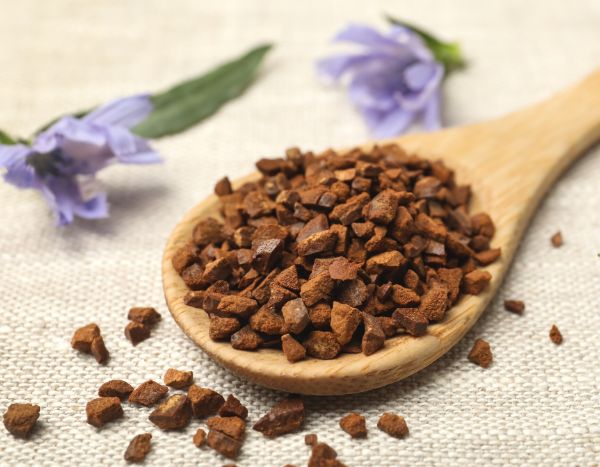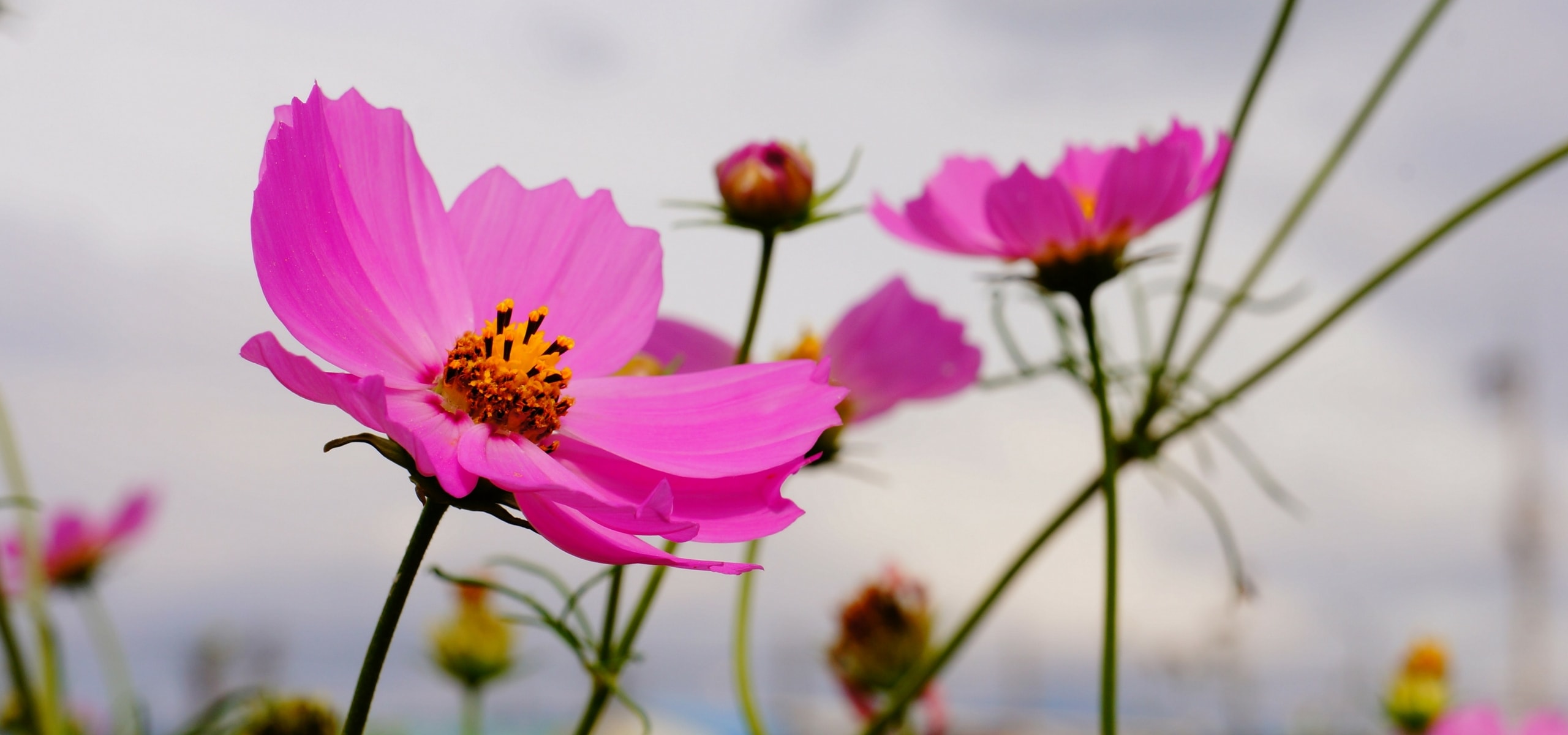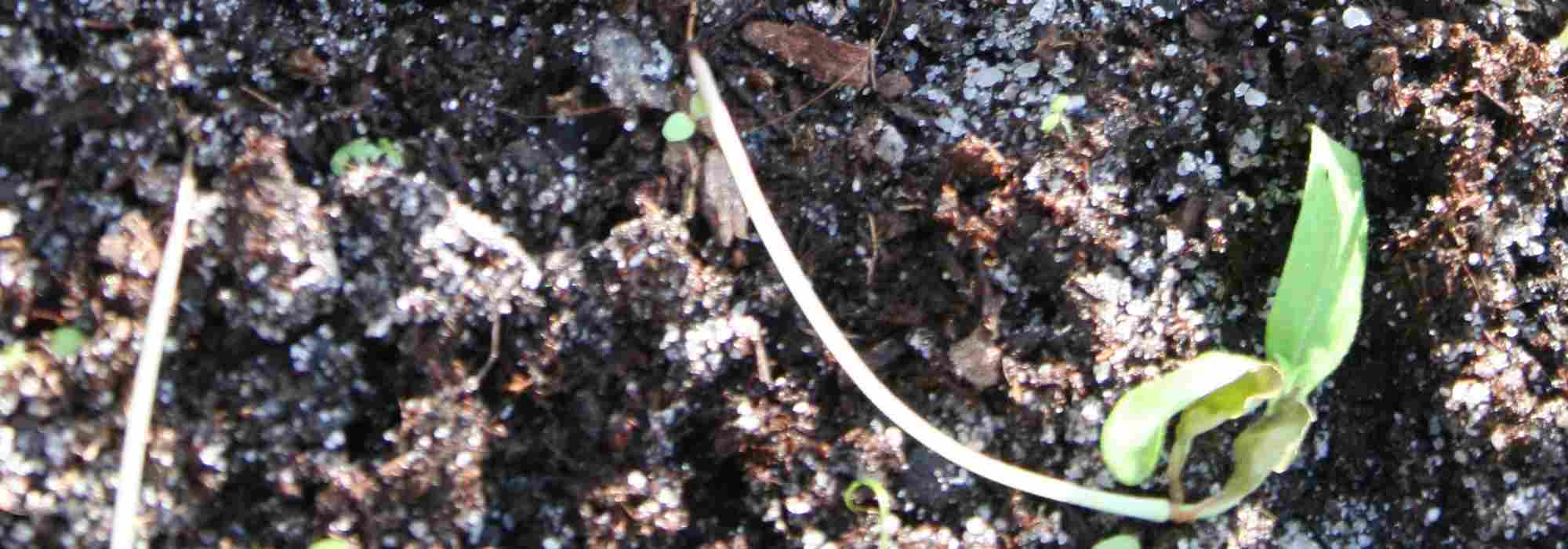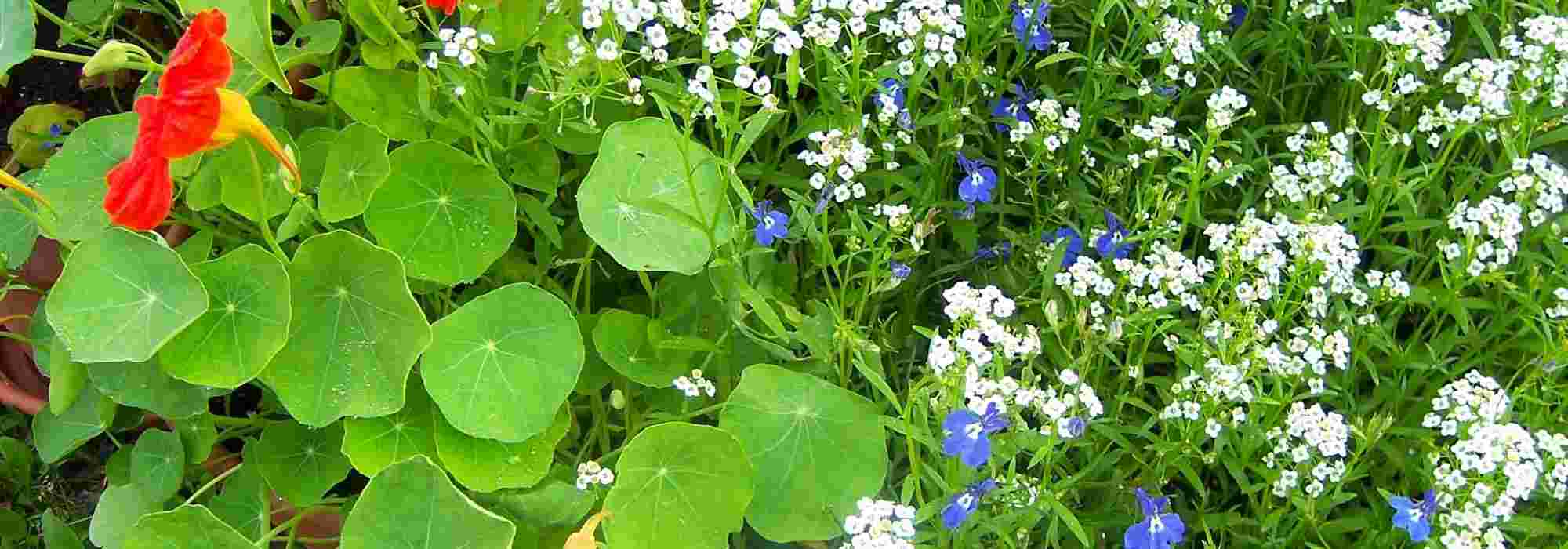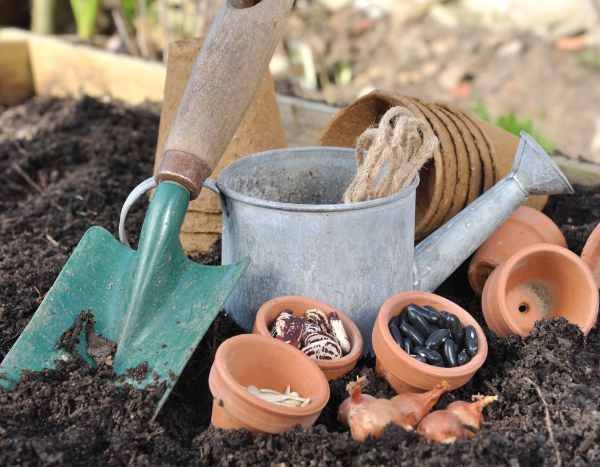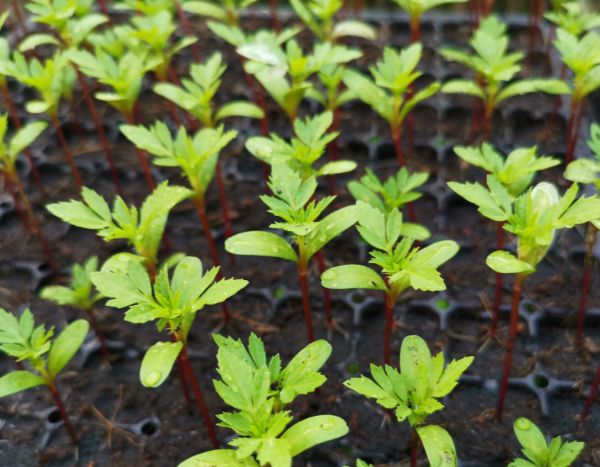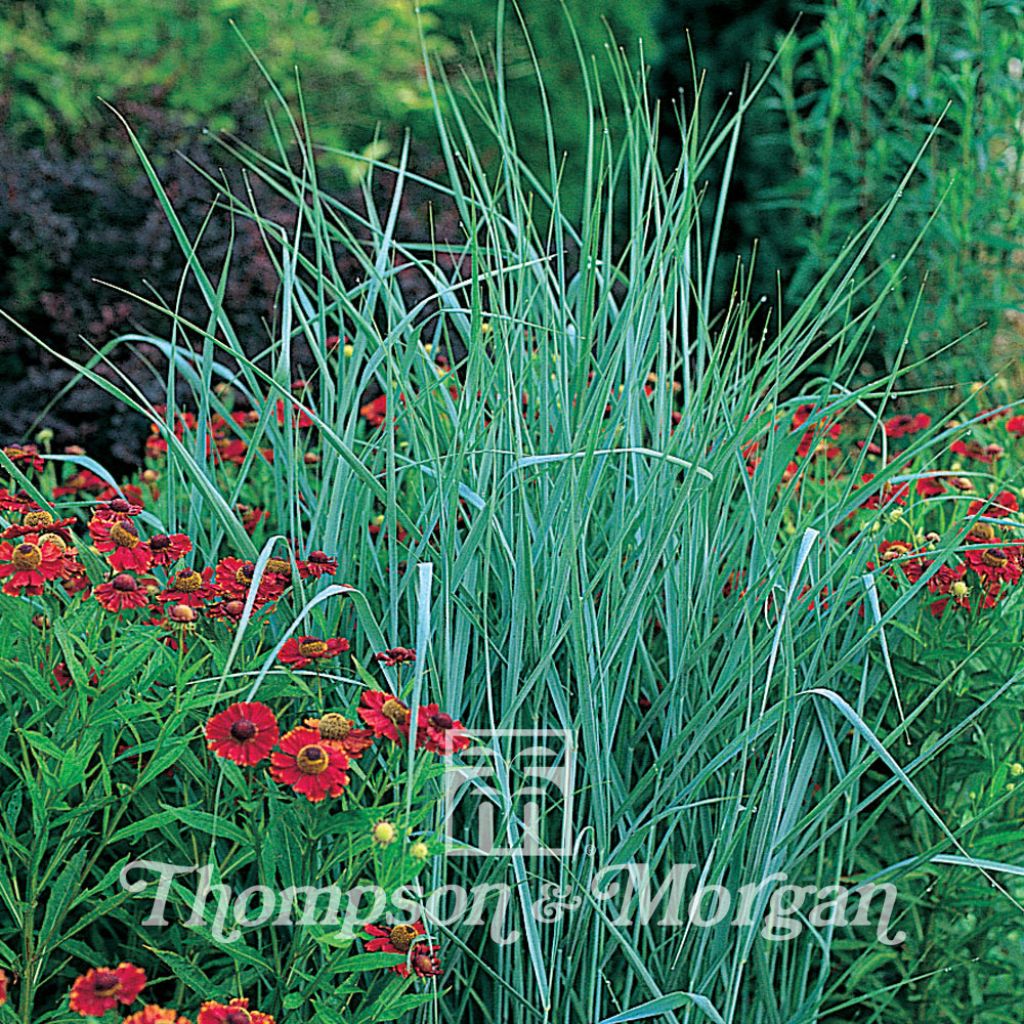

Panicum Virgatum
Panicum virgatum - seeds
Panicum virgatum
Switchgrass
Special offer!
Receive a €20 voucher for any order over €90 (excluding delivery costs, credit notes, and plastic-free options)!
1- Add your favorite plants to your cart.
2- Once you have reached €90, confirm your order (you can even choose the delivery date!).
3- As soon as your order is shipped, you will receive an email containing your voucher code, valid for 3 months (90 days).
Your voucher is unique and can only be used once, for any order with a minimum value of €20, excluding delivery costs.
Can be combined with other current offers, non-divisible and non-refundable.
Why not try an alternative variety in stock?
View all →This plant carries a 6 months recovery warranty
More information
We guarantee the quality of our plants for a full growing cycle, and will replace at our expense any plant that fails to recover under normal climatic and planting conditions.
Does this plant fit my garden?
Set up your Plantfit profile →
Description
Panicum virgatum, also known as Switchgrass or Tall Panicgrass, is an ornamental, compact grass with fine, bluish-green foliage that turns golden blonde in autumn, topped by tall airy panicles that mature to a deep purple. This hardy perennial adapts well to various growing conditions, preferring full sun and deep, preferably alkaline, fertile soils. Its growth cycle is characterised by a late starting late in the season.
Panicum virgatum belongs to the Poaceae family and used to dominate the fertile plains of the American Midwest, serving as a valuable forage for the vast herds of wild bison. It is a clump-forming, compact rhizomatous plant. This variety forms tufts of long, ribbon-like green leaves with a bluish hue, marked by a stiffer central vein that allows the foliage to maintain its arching and flexible habit and prevents it from flopping over in the rain. It reaches around 1.40m (5ft) high and 80cm (32in) wide when fully grown. Flowering occurs from August to October when clumps of foliage give rise to long, stiff stems covered in feathery, 50cm (20in) long panicles, consisting of countless small flowers that create a light and airy appearance. In autumn, the foliage turns blonde, while the inflorescences take on a dull pink or violet hue.
Panicum virgatum is adapted to extreme conditions and can withstand drought, cold, and waterlogged soils. It is versatile and can adapt to a variety of garden situations. this medium-sixed, non-suckering grass is useful planted towards the back of slightly wilder borders. It can be paired with tall wild asters such as Aster laevis, Aster turbinellus, as well as Helianthus salicifolius and Verbena hastata. It adapts to any well-drained soil and is particularly well-suited to coastal areas as it tolerates salt spray. Its deep root system helps stabilise and enrich soils by protecting them during winter and adding organic matter. This characteristic is widely utilised to allow other plants or crops to thrive in previously inhospitable soils.
Report an error about the product description
Flowering
Foliage
Plant habit
Botanical data
Panicum
virgatum
Poaceae
Switchgrass
North America
Other Thompson and Morgan seeds
View all →Planting and care
Sowing:
Sow Panicum virgatum seeds from February to June or in September-October in pots or containers filled with moist compost, covered with a very fine sprinkle of compost or vermiculite. Place the whole thing in a propagator or a warm place and maintain at a constant temperature between 15 and 20 °C (59 and 68°F). Do not exclude light as it promotes germination. Keep the compost surface moist but not waterlogged; germination can take 1 to 6 months.
When the young plants are sufficiently developed, transplant them into 7.5 cm (3in) diameter pots or containers. Acclimate them to outdoor conditions for 10-15 days before placing them outside, after all risk of frost, 75cm (30in) apart.
Cultivation:
Plant Panicum virgatum in fertile, deep, well-drained to moist, even wet in summer, and in full sun. The plant appreciates a good fertiliser 2 to 3 times a year, before the start of vegetation and during summer.
Sowing period
Intended location
Planting & care advice
This item has not been reviewed yet - be the first to leave a review about it.
Haven't found what you were looking for?
Hardiness is the lowest winter temperature a plant can endure without suffering serious damage or even dying. However, hardiness is affected by location (a sheltered area, such as a patio), protection (winter cover) and soil type (hardiness is improved by well-drained soil).

Photo Sharing Terms & Conditions
In order to encourage gardeners to interact and share their experiences, Promesse de fleurs offers various media enabling content to be uploaded onto its Site - in particular via the ‘Photo sharing’ module.
The User agrees to refrain from:
- Posting any content that is illegal, prejudicial, insulting, racist, inciteful to hatred, revisionist, contrary to public decency, that infringes on privacy or on the privacy rights of third parties, in particular the publicity rights of persons and goods, intellectual property rights, or the right to privacy.
- Submitting content on behalf of a third party;
- Impersonate the identity of a third party and/or publish any personal information about a third party;
In general, the User undertakes to refrain from any unethical behaviour.
All Content (in particular text, comments, files, images, photos, videos, creative works, etc.), which may be subject to property or intellectual property rights, image or other private rights, shall remain the property of the User, subject to the limited rights granted by the terms of the licence granted by Promesse de fleurs as stated below. Users are at liberty to publish or not to publish such Content on the Site, notably via the ‘Photo Sharing’ facility, and accept that this Content shall be made public and freely accessible, notably on the Internet.
Users further acknowledge, undertake to have ,and guarantee that they hold all necessary rights and permissions to publish such material on the Site, in particular with regard to the legislation in force pertaining to any privacy, property, intellectual property, image, or contractual rights, or rights of any other nature. By publishing such Content on the Site, Users acknowledge accepting full liability as publishers of the Content within the meaning of the law, and grant Promesse de fleurs, free of charge, an inclusive, worldwide licence for the said Content for the entire duration of its publication, including all reproduction, representation, up/downloading, displaying, performing, transmission, and storage rights.
Users also grant permission for their name to be linked to the Content and accept that this link may not always be made available.
By engaging in posting material, Users consent to their Content becoming automatically accessible on the Internet, in particular on other sites and/or blogs and/or web pages of the Promesse de fleurs site, including in particular social pages and the Promesse de fleurs catalogue.
Users may secure the removal of entrusted content free of charge by issuing a simple request via our contact form.
The flowering period indicated on our website applies to countries and regions located in USDA zone 8 (France, the United Kingdom, Ireland, the Netherlands, etc.)
It will vary according to where you live:
- In zones 9 to 10 (Italy, Spain, Greece, etc.), flowering will occur about 2 to 4 weeks earlier.
- In zones 6 to 7 (Germany, Poland, Slovenia, and lower mountainous regions), flowering will be delayed by 2 to 3 weeks.
- In zone 5 (Central Europe, Scandinavia), blooming will be delayed by 3 to 5 weeks.
In temperate climates, pruning of spring-flowering shrubs (forsythia, spireas, etc.) should be done just after flowering.
Pruning of summer-flowering shrubs (Indian Lilac, Perovskia, etc.) can be done in winter or spring.
In cold regions as well as with frost-sensitive plants, avoid pruning too early when severe frosts may still occur.
The planting period indicated on our website applies to countries and regions located in USDA zone 8 (France, United Kingdom, Ireland, Netherlands).
It will vary according to where you live:
- In Mediterranean zones (Marseille, Madrid, Milan, etc.), autumn and winter are the best planting periods.
- In continental zones (Strasbourg, Munich, Vienna, etc.), delay planting by 2 to 3 weeks in spring and bring it forward by 2 to 4 weeks in autumn.
- In mountainous regions (the Alps, Pyrenees, Carpathians, etc.), it is best to plant in late spring (May-June) or late summer (August-September).
The harvesting period indicated on our website applies to countries and regions in USDA zone 8 (France, England, Ireland, the Netherlands).
In colder areas (Scandinavia, Poland, Austria...) fruit and vegetable harvests are likely to be delayed by 3-4 weeks.
In warmer areas (Italy, Spain, Greece, etc.), harvesting will probably take place earlier, depending on weather conditions.
The sowing periods indicated on our website apply to countries and regions within USDA Zone 8 (France, UK, Ireland, Netherlands).
In colder areas (Scandinavia, Poland, Austria...), delay any outdoor sowing by 3-4 weeks, or sow under glass.
In warmer climes (Italy, Spain, Greece, etc.), bring outdoor sowing forward by a few weeks.






























